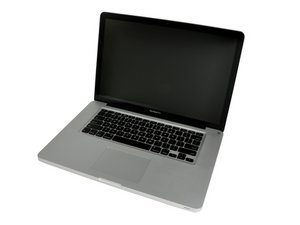Why won't Dual Drive (1 TB Seagate SSHD) format?
I purchased the dual drive optical bay converter with a 1TB SSHD. All the hardware went into the laptop no problem. I am having an issue formatting the SSHD in the optical bay. I am using Disk Utility on Mac OS X 10.9.4. The drive easily formats to MSDOS and ExFAT formats, but fails when formatting to any Apple formatting system. What am I missing? I tried to use the Seagate drive software, but it is Windows-only. I've also tried partitioning over the current partition. No luck. I can partition to free space with no issue. Just not able to create an Apple Extended format partition.
Disk utility error:

Is dit een goede vraag?

 1
1  1
1 
 971
971